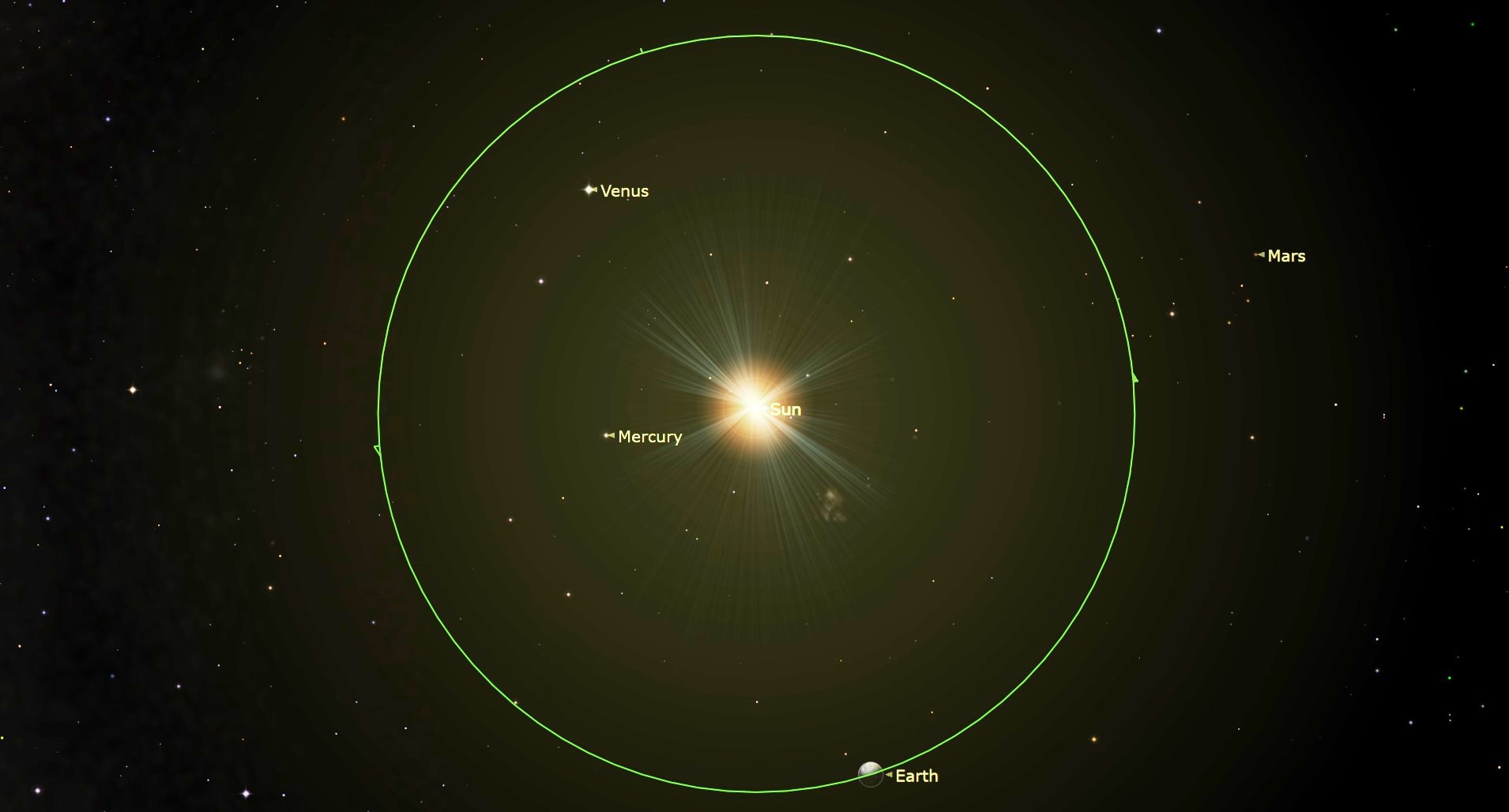/cdn.vox-cdn.com/uploads/chorus_asset/file/25246464/noirlab2401f.jpeg)
The universe is composed of matter, dark matter, and dark energy, with dark energy making up 68 percent of the universe. It is responsible for the universe’s expansion, which defies the expectation that the expansion should slow down over time. Understanding this mysterious force has become a captivating challenge for astronomers.
At a recent meeting, researchers presented data from the Dark Energy Survey, an international collaboration of over 400 astronomers. The data, collected over a decade, focused on a specific type of supernovae called Type 1a, known for their predictable brightness. By using these supernovae, scientists can measure the universe’s rate of expansion, providing insights into dark energy’s nature.
Dark energy’s impact is subtle and requires precise tools to detect its effects on galaxies’ movements on a large scale. Previous research used spectroscopy, an expensive and time-consuming technique. However, the latest study employed photometry and machine learning to identify and analyze a large sample of supernovae, leading to valuable insights into dark energy.
The oddity of dark energy lies in its constant density over time, unlike matter, which decreases in density as the universe expands. This constant density suggests that dark energy could be a property of space itself, challenging conventional understanding of energy and forces in physics. The findings support the Lambda cold dark matter model, although it’s not a definitive proof.
Dark energy and dark matter act as opposing forces in the universe, with dark matter slowing down the expansion while dark energy accelerates it. As the universe grows, dark energy becomes more dominant, especially in emptier regions between galaxies. The difficulty in studying dark energy stems from its effects being noticeable only on a large scale, making it a complex subject to comprehend.
The contrast between the substantial amount of dark energy in the universe and its relatively small effects poses a perplexing problem in cosmology. The discrepancy between the expected strength of dark energy based on quantum mechanics and its observed weaker effects further deepens the mystery. This difference, referred to as one of physics’ most embarrassing problems, highlights the need for continued research to unravel the enigma of dark energy.














